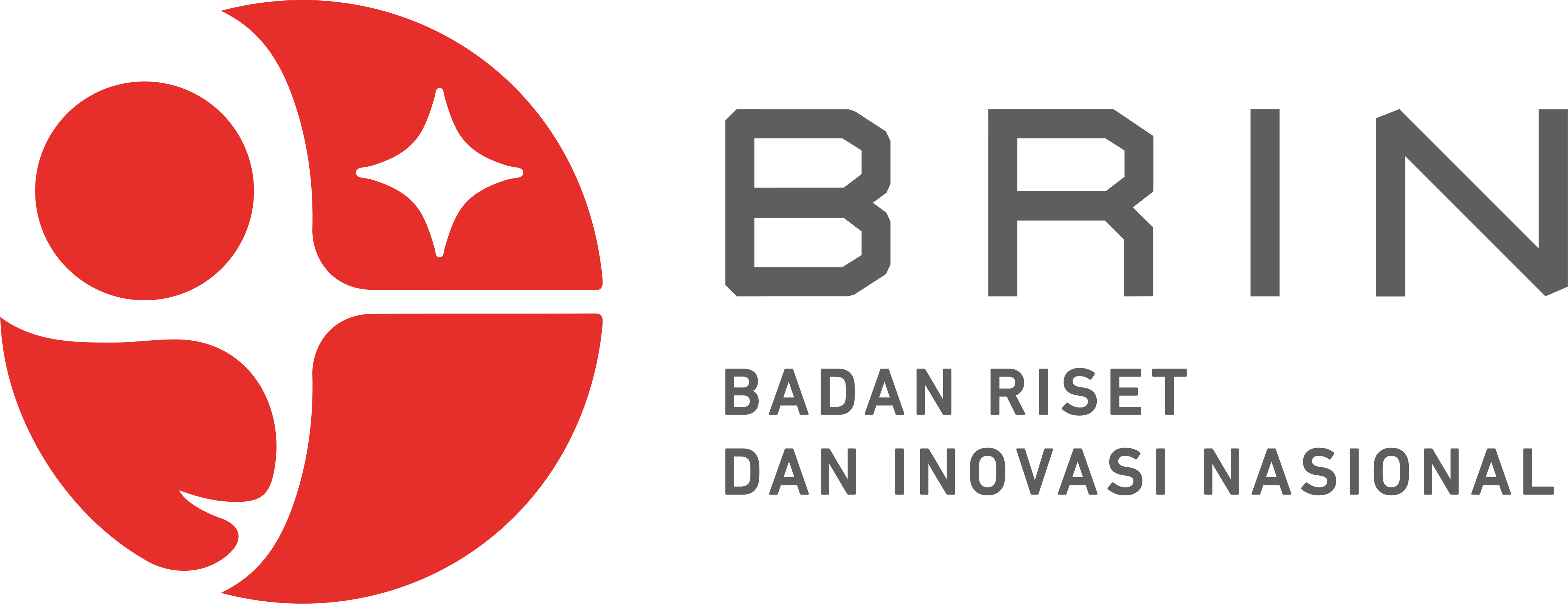The Correlation between Students’ Motivation and Their English Speaking Ability
DOI:
https://doi.org/10.25181/esai.v6i1.1015Abstract
The research is aimed at investigating the correlation between students’ motivation and their English speaking ability. The research samples were thirty-six first year students of SMAN 2 Bandar Lampung that were randomly selected by using lottery. Students’ motivation scores were calculated by using four-Likert-scale questions and their English speaking ability was tested by using transactional speaking test using criteria proposed by Heaton (1991). The results of motivation questionnaire showed that the highest score was 145 and the lowest score was 77 with the average of 111. 4. It was found out that 5. 5% students have high motivation, 60. 5 % students have average motivation, and 25% students have low motivation. It means that most of the students have good motivation. English speaking test scores showed that the average of students’ English speaking ability was 80.2 with the highest score of 90 and the lowest score of 73. It can be concluded that the students have very good ability in speaking English.The results showed that the coefficient correlation was 0.780 and it was significant where r-value of 0.780 was larger than the r-table of 0.334. It was also found out that motivation influenced English speaking ability with the score of 60.8 %. This means that motivation as a psychological factor has a positive correlation with English speaking ability. Students who had high level of motivation did more efforts and had more determination to reach their goals. On the contrary, students who had low level of motivation did not do more efforts in learning and in achieving their goals so that their speaking ability was low.  Keywords: motivation, English speaking ability, correlationDownloads
References
Bainbridge, Caroline. 2005. Intrinsic and Extrinsic Motivation. Retrieved on December 1st 2009.
Brown. H. Douglas.2001. Teaching by Principle: An Interactive Approach to Language Pedagogy.
New York: Longman.
Depdiknas.2007. Materi Sosialisasi dan Pelatihan Kurikulum Tingkat Satuan Pendidikan (KTSP).
Jakarta: Diknas.
Gardner. Robert C and MacIntyre, Peter D. 1992. A Student’s Contributions to Second Language Learning: Part I: Cognitive Variables. Language Learning. Cambridge: Cambridge University Press.
Gardner. Robert C and MacIntyre, Peter D. 1992. A Student’s Contributions to Second Language Learning: Part II: Affective Variables. Language Learning. Cambridge: Cambridge University Press.
Harris, David P.1974. Testing English as a Second Language. New Delhi: Tata McGraw-Hill Publishing.
Hatch, Evelyn and Farhady, Hossein. 1982. Research Design and Statistics for Applied Linguistics.
Rowley: Newburry House Publishers. INC.
Heaton,J.B.1991. Writing English Language Testing. New York: Longman.
Jones, Pauline. 1996. Planning an Oral Language Program, Talking to Learn. Melbourne: PETA, pp. 12–26.
Krashen, S. 1981. Second Language Acquisition and Second Language Learning. Great Britain: A. Wheaton Co. Ltd.
Littlewood, William. 1984. Communicative Language Teaching: An Introduction. Cambridge:
Cambridge University Press.
Marsono, Bambang. 2005. Motivation the Key Factor to Second Language Acquisition. Jakarta: LIA
International Conference.
Owens, Robert G. 1991. Organizational Behavior in Education. Boston: Allyn and Bacon.
Richards, Jack C. and Charles Lockhart. 1994. Reflective Teaching in Second Language Classrooms.
New York: Cambridge University Press.
Richards, Jack C. 2008. Teaching Listening and Speaking from Theory to Practice. Cambridge:
Cambridge University Press.
Robbins, Stephen P.1993. Organizational Behavior Concepts, Controversies, and Applications.
Englewood Cliffs: Prentice Hall.
Simon, Steve. 2005. Pearson Product Moment Correlation. Retrieved on December 1st 2009.
Sadewo, Sutarmin. 2009. Hubungan Sikap Siswa, Motivasi Belajar dan Pemanfaatan Sumber Belajar
dengan Kemampuan Bahasa Inggris Siswa Kelas 11 MAN 1 Metro. University of Lampung
(Unpublished Thesis). Bandar Lampung.
Setiyadi, Ag. Bambang.2006. Metode Penelitian untuk Pengajaran Bahasa Asing.
Yogyakarta: Graha Ilmu.
Syakur.1987. Language Testing and Evaluation.Surakarta: Sebelas Maret University Press.
Susilawati, Ai.2007. The Effect of Learning Strategy Training : Socio Affective Strategy in Improving
speaking. University of Lampung (unpublished script). Bandar Lampung.





















